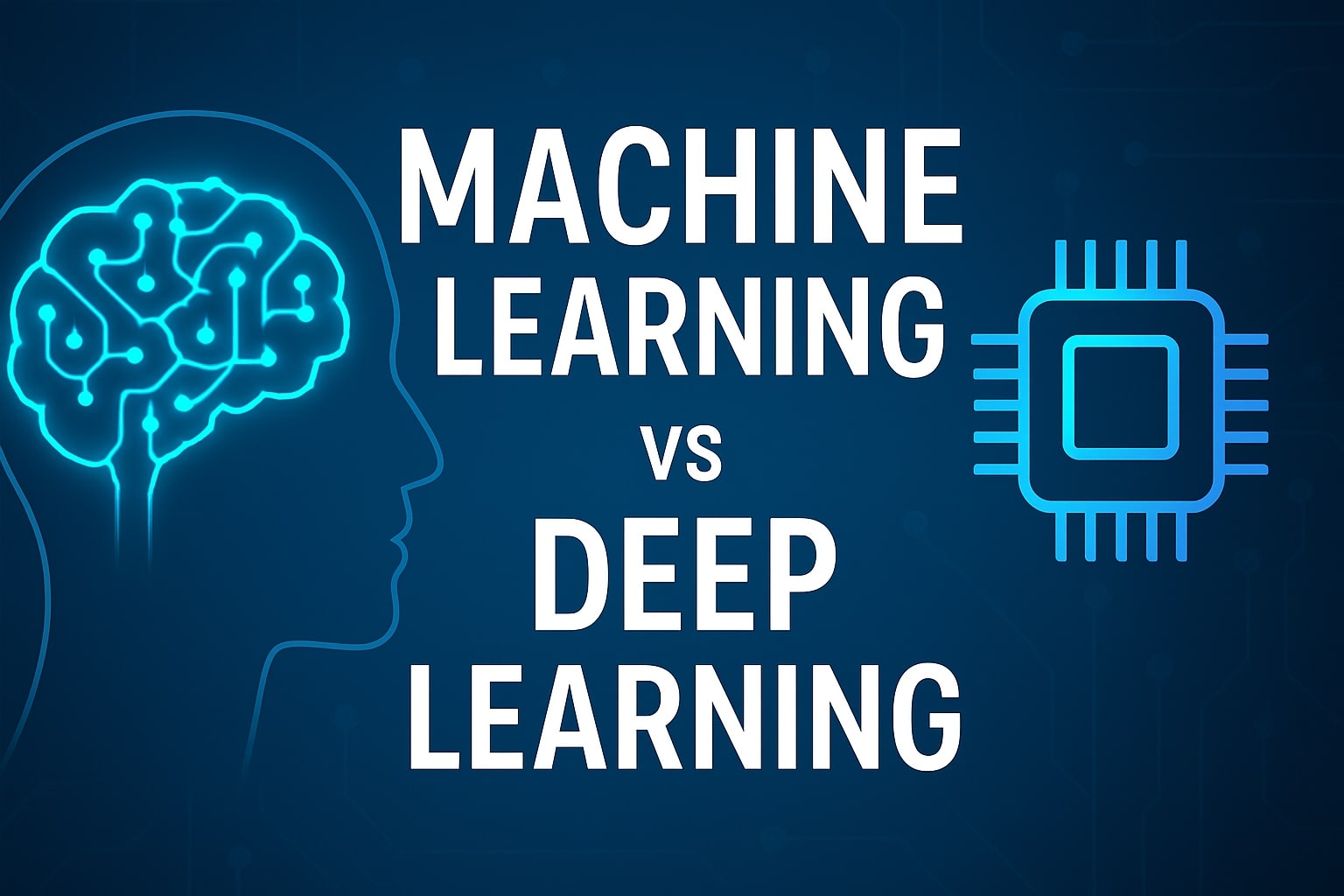In the world of Artificial Intelligence, the terms “Machine Learning” (ML) and “Deep Learning” (DL) are often used interchangeably, but they aren’t the same thing. Understanding this distinction is key to grasping modern AI. Let’s break it down.
What is Machine Learning?
Machine Learning is a subset of AI. It’s the practice of using algorithms to parse data, learn from it, and then make a determination or prediction about something in the world.
The core idea: Instead of hand-coding software routines with a specific set of instructions to accomplish a particular task, the machine is “trained” using large amounts of data and algorithms that give it the ability to learn how to perform the task.
What is Deep Learning?
Deep Learning is a specialized subset of Machine Learning. It uses something called artificial neural networks, which are inspired by the structure and function of the human brain, to learn from large amounts of data.
The “deep” in deep learning refers to the number of layers in these neural networks. A traditional neural network might have 2-3 layers, while a deep network can have dozens or even hundreds.
Key Differences: A Simple Comparison
| Feature | Machine Learning (ML) | Deep Learning (DL) |
|---|---|---|
| Relationship | A subset of AI | A subset of ML |
| Data Dependencies | Works well with smaller datasets | Requires massive amounts of data |
| Hardware | Can run on standard CPUs | Requires powerful GPUs for training |
| Feature Engineering | Requires human experts to identify features | Learns high-level features from data automatically |
| Interpretability | Models are often easier to interpret | Models are a “black box” (hard to interpret) |
| Example Applications | Spam filtering, predictive maintenance | Voice assistants, facial recognition, self-driving cars |
Which One Should You Use?
The choice isn’t about which is “better,” but which is more appropriate for your problem.
- Use Machine Learning when you have a well-defined problem, structured data, and limited computational resources. It’s efficient and effective for many tasks.
- Use Deep Learning when you have a huge amount of data (e.g., millions of images) and a problem that involves complex, unstructured data like images, sound, or text. Its performance often surpasses traditional ML in these areas.
In summary, all deep learning is machine learning, but not all machine learning is deep learning. DL is a powerful technique for specific, complex problems.
Dive Deeper: To understand the technology behind Deep Learning, read our article on What Are Neural Networks.
